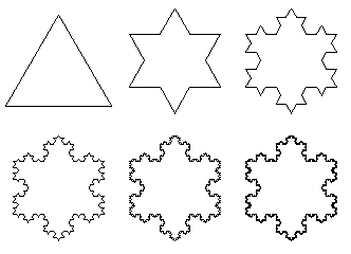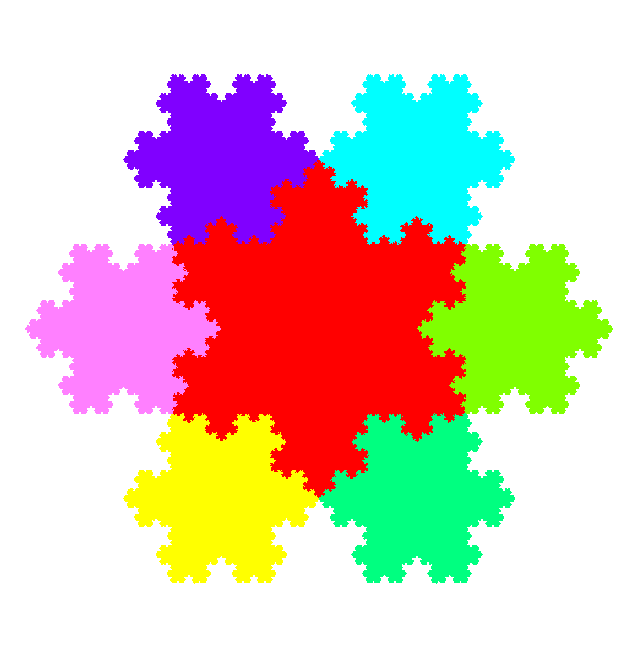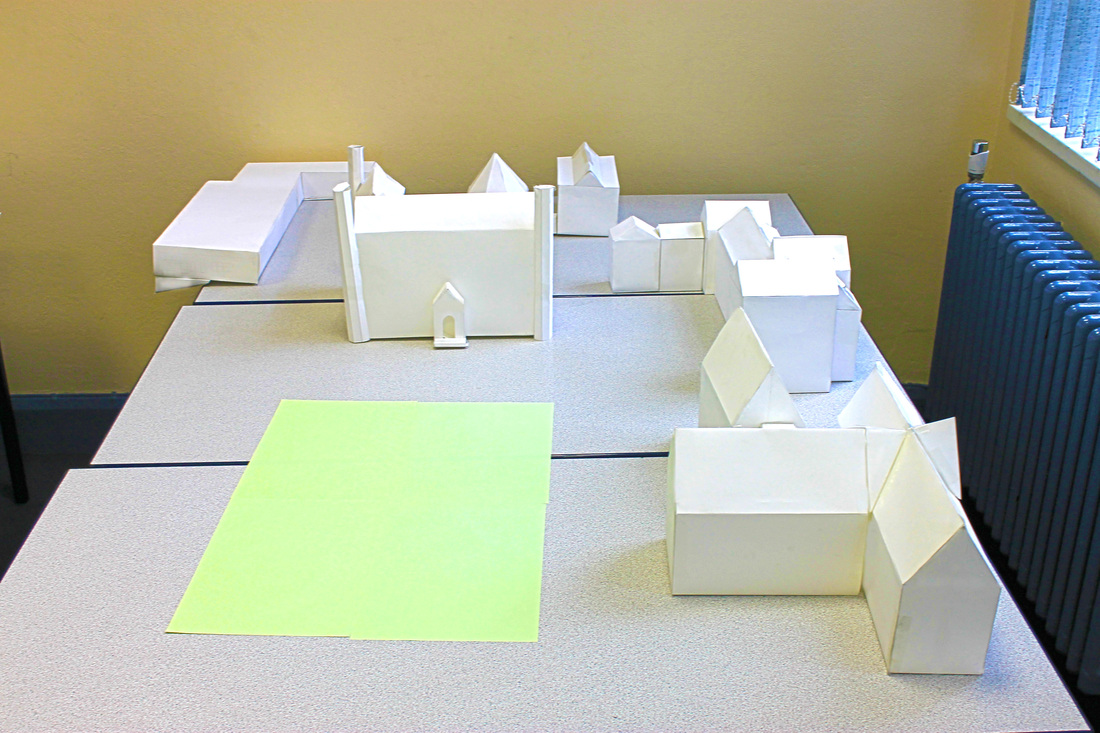|
This year with my Year 10 class I decided to build a fractal christmas tree as given on Think Maths. However, before getting into the making, I wanted to explore the world of fractals with the class a little bit first. I started by looking at the Koch Snowflake, and we found this by constructing it. We started with an equilateral triangle that had side length 9cm (a little revision of constructions), and then split each side into three 3cm sections. On the middle of each of these sections, we constructed a new 3cm equilateral triangle. Now we split each 3cm side into three 1cm sides, and again constructed a 1cm equilateral triangle in the middle section on each side. We then discussed the nature of fractals and their self-similarity, and their applications to things such as coastlines.
2 Comments
With open day fast approaching, it has been that time of the year when all the displays get a revamp. I like to do lots of posters and displays anyway, but in the run up to Open Day, I wanted to something a little bit special. And this year I devises a project for my Year 7 class which ran over a couple of weeks on the different types of numbers. We had started by looking at various types of numbers, starting with the usual suspects such as Primes, Factors, Multiples, etc. But we diverged into some other nice types of numbers as well, such as Perfect Numbers and Happy Numbers. I used this PowerPoint (shown below) to deliver the lessons, and talk through the different properties. With my Year 7 class we have recently been studying various aspects of data handling, including averages (including from frequency tables) and a variety of graphical representations. With the end of term drawing near, and having completed the scheme of work ahead of schedule, I decided to do one of my favourite projects with the: the Average Student (available to download from TES). This project uses many areas of the data handling cycle, and in my opinion is an excellent way to get them to see the whole process. Once I had introduced the task to them, we started off by discussing what kinds of information we could collect about the class. There were lots of good ideas, and a few more abstract ones as well, and we started to build up a spreadsheet of all the data that we wanted to include. It is really important (in my opinion) to let them decide which information it is that we should collect to give them more ownership over the task. I would recommend having a few ideas to include if they don't come up with any though. Height, eye colour, shoe size, number in family, etc are good ones, as they cover the different types of data. The idea of Non-Transitive Dice has been around for a while. The basic premise is that Red beats Blue, and Blue beats Green, so we expect that Red will beat Green. However, as the Non-Transitive suggests, this is not the case, and actually Green beats Red. There are many sets of 3 Non-Transitive Dice, and one way to introduce them would be to use the trusty NRICH. This introduces the idea to students, and lets them play around with them a little bit. However, as interesting as the Dice are in themselves, we want to get at the maths behind them. The video below is of James Grime of the University of Cambridge. He starts by explaining a 3 Non-Transitive Dice game, and goes on to look at a 5 Dice game that he has invented. There is also his full article on the Grime Dice as well. And you can buy an amazing set of the dice from mathsgear. This is a project I did last summer with my top set year 9. The idea was simple: we were going to build a scale model of the school.
|
Dan Rodriguez-Clark
I am a maths teacher looking to share good ideas for use in the classroom, with a current interest in integrating educational research into my practice. Categories
All
Archives
August 2021
|
|
Indices and Activities
|
Sister Sites
|
©2012-2023 Daniel Rodriguez-Clark
All rights reserved |




 RSS Feed
RSS Feed
